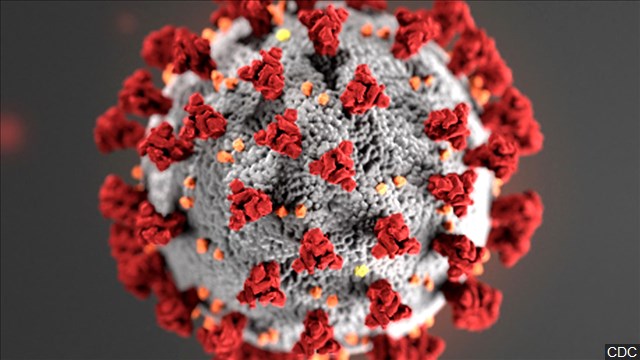Of all the possible shocks any of us thought we would have to deal with only a few short weeks ago, a deadly, global pandemic in the form of COVID-19 just wasn’t on anybody’s radar.
Like many other manufacturing or service enterprises, supply chains in the wind sector will continue to be impacted in the weeks and months ahead. Some project milestones will be deferred, with impacts being felt throughout the whole value chain, whilst at the operational level; turbines, blades, component and material orders will be cancelled or unfulfilled.
There will be staff lay-offs and facility closures, and back-office functions will be reduced to skeleton levels with home-working becoming prominent.
However, this bleak picture will vary across businesses, depending upon linked variables like back-order profile, and pre-developed, flexible manufacturing or work-pattern routines.
As social-distancing restrictions are eventually loosened, we will then also need to take full consideration of the physical and mental well-being of returning workers.
Conversely, whilst in recent years we’ve made great strides regarding supply chain and manufacturing efficiency, we’re not at the world-class levels of the automotive or similar mass-production sectors. Therefore, our supply chains have less multi-level integration and are not as reliant on just-in-time disciplines. This means that short or medium termed adjustments can be more readily accommodated. Every cloud…
By far the biggest challenge for entities of any size however, concerns the dramatic reductions in revenue creation which will ensue. Sadly, in a business crises in particular, one of the first jump-to solutions is to delay payments to creditors.
This has a knock-on effect throughout the value chain, where the least solvent down the line are particularly vulnerable. For some, the crippling effects of a collapse in cash-flow will be impossible to avoid.
You may be super-efficient in most aspects of your operations, have substantial reserves, long-term contracts, or access to deep corporate pockets or competitive financing; but sooner or later no cash generation equals no company. Period.
On the positive side for wind however, turbine makers and suppliers are, to a large extent, now used to operating in an increasingly price focused environment, in which wind project and equipment costings have fallen dramatically in recent years.
Businesses also went through the extreme hardships of the last financial crash, and whilst some were merged or disappeared in that particular global rupture, many survived, becoming both leaner and stronger.
Also, given the sector’s often “fluidity” regarding project approval and implementation timing, businesses have become adept at juggling frequently changing schedules and responding to last-minute cost-down demands. However, in the case of COVID-19, there are additional factors at play which are uniquely challenging.
Firstly, it has affected supply chains across most sectors. This means that opportunities to offset wind business losses with buoyancy elsewhere do not exist. Swedish bearings behemoth SKF is a good example of this, who’s large automotive client base will have been more damaged than its small minority wind supply.
Secondly, even though some governments have announced various financial support packages, how that transpires, case-by-case, depends on prioritisation, value, support duration and the willingness of financial institutions to fully engage. We really are in uncharted waters.
In terms of short-term mitigation, the bigger sector players must now work collaboratively with supply-partners to overcome immediate difficulties. Where effective, this could include help to broker potential support packages or provide relief on contracted services. This starts with supply chain professionals carrying out urgent partner reviews and then agreeing, where appropriate, what bespoke support plans are needed.
The sober truth in any scenario is that some businesses will fail and others merged or broken up. What is different this time however, is that job retention and industrial stimulus, in the context of the Green New Deal, will all be in the governmental mix. This a new kind of discussion we should all welcome.
Lastly, its easy to scapegoat in a crisis, and one disturbing outcome of the current turmoil is a knee-jerk rush to condemn “globalisation” and what some see as an over reliance on China. Lessons must be learned, but whatever the procurement failures on medical supplies, we should not let that politically charged discussion distort our own.
Even before COVID-19, our collective ability to deliver on commitments made during project auctions, was extremely stressed. Maintaining competiveness in a global industry like ours depends upon objective, business-led, decision making. It was already tough, let’s not make it any harder.
In future articles we will dive deeper into some of the subjects touched on here and specific issues which organisations are facing in different parts of the world. We will also look at what may develop in terms of supply chain management going forward, and its impact on our ability to deliver on our Green New Deal obligations, and global decarbonisation in general.
Find out more about the impacts of COVID-19 on the wind industry on our Wind Industry & COVID-19 Response Hub.
Eddie Rae, Special Advisor – Supply Chain, GWEC

